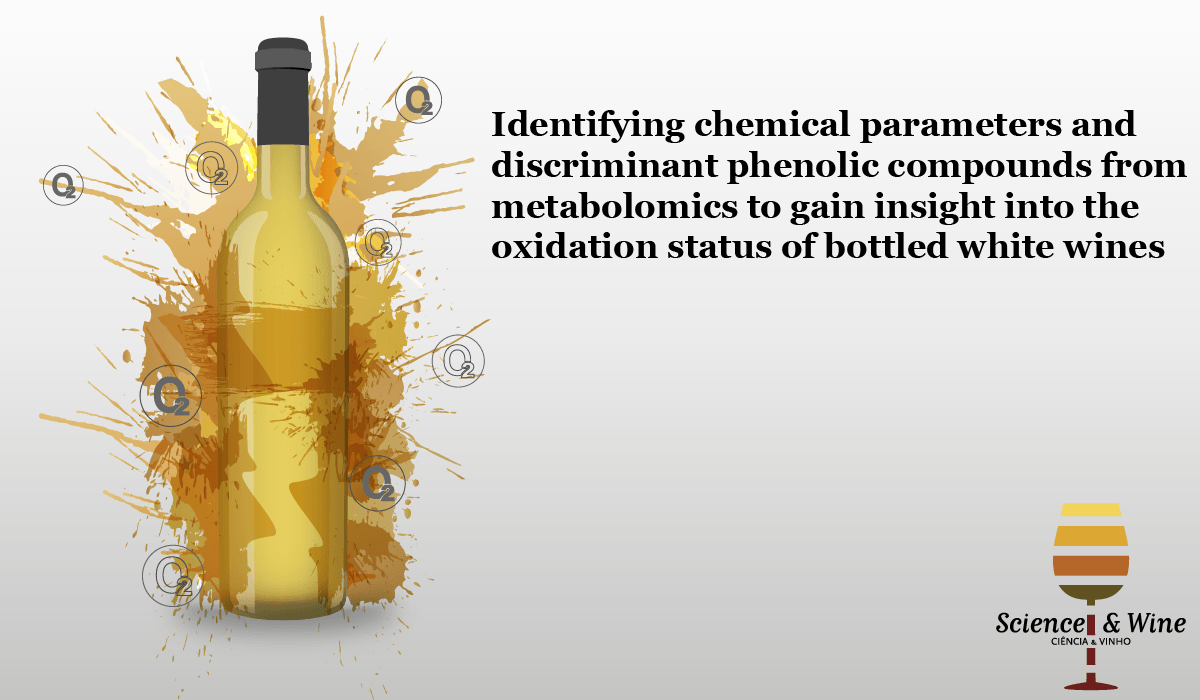The level of secondary metabolites in grapes mainly depends on cultivar type, but also on climate and growing conditions, including the sanitary status.

Aiming at grapevines with increased resistance to pathogens, reaching structural genome modifications
It is very important to increase tolerance to pathogens in conventional and biotechnology-assisted grapevine breeding programs. Both fungal and viral diseases cause losses in berry production, but also affect the quality of the final products. The introduction of genetic resistance is economically and environmentally desirable. This post describes the results of a study where grapevine plants expressing defense proteins, from fungal or plant origins, or of the coat protein gene of grapevine leafroll-associated virus 3 (GLRaV-3) were generated by Agrobacterium-mediated transformation of somatic embryos and shoot apical meristems.

Identifying chemical parameters and discriminant phenolic compounds from metabolomics to gain insight into the oxidation status of bottled white wines
Oxidation of white wine is a complex phenomenon that may occur both in winemaking and during bottle storage. It results in changes in the sensory, color, and aroma attributes

The impact of climate change on grapevine phenology and the influence of altitude: a regional study
Shorter growing seasons, earlier occurrences of phases and shorter phase duration are the main changes predicted by simulations of the effect of climate change on the phenology of grapevines. The change degree depends on the geo-localization of the studied region and its microclimate. This post summarizes a study carried out aimed to evaluate the impact of climate change on grapevine phenology by studying the role of varieties and microclimates through a regional assessment carried out in two future periods of time.

